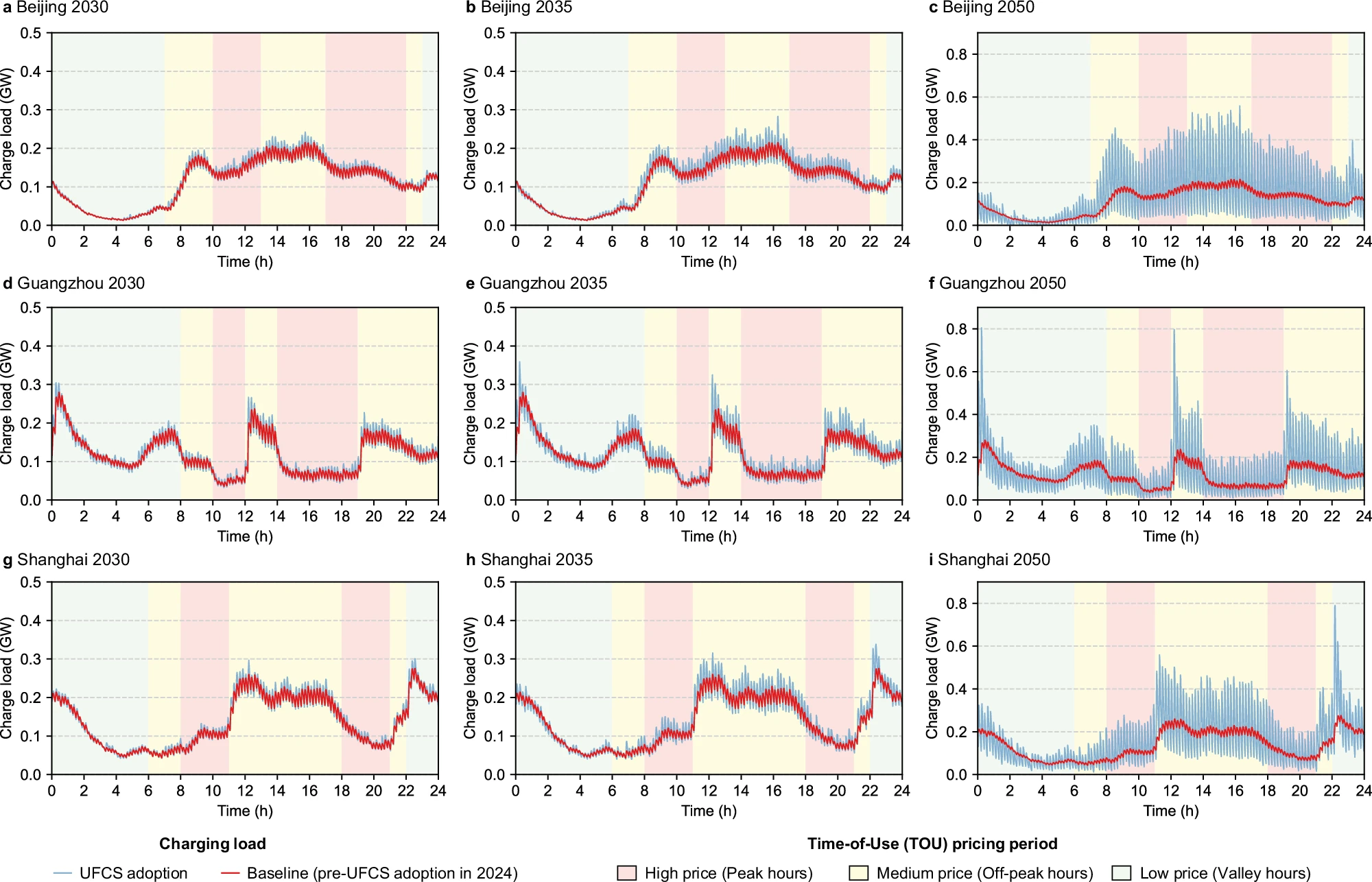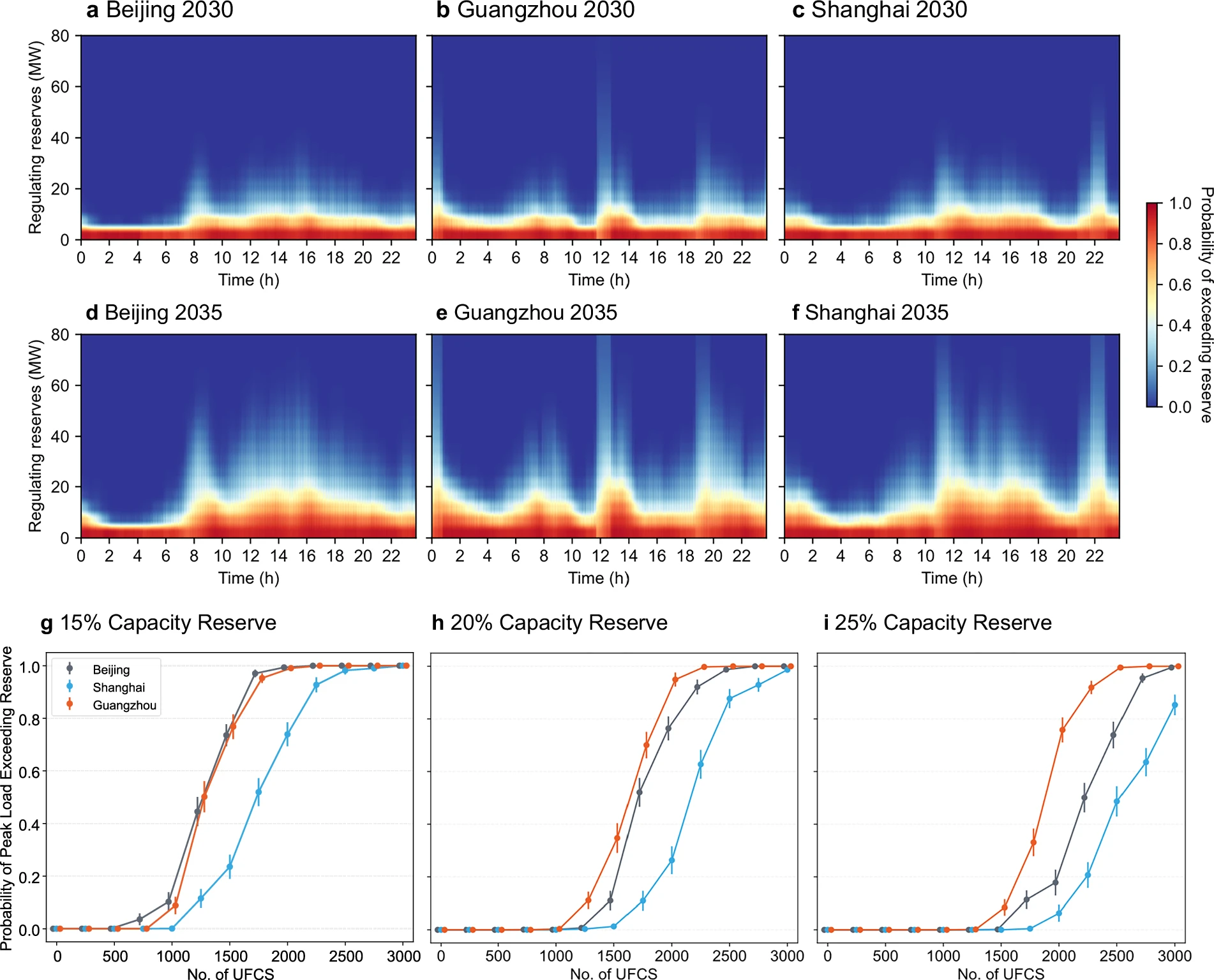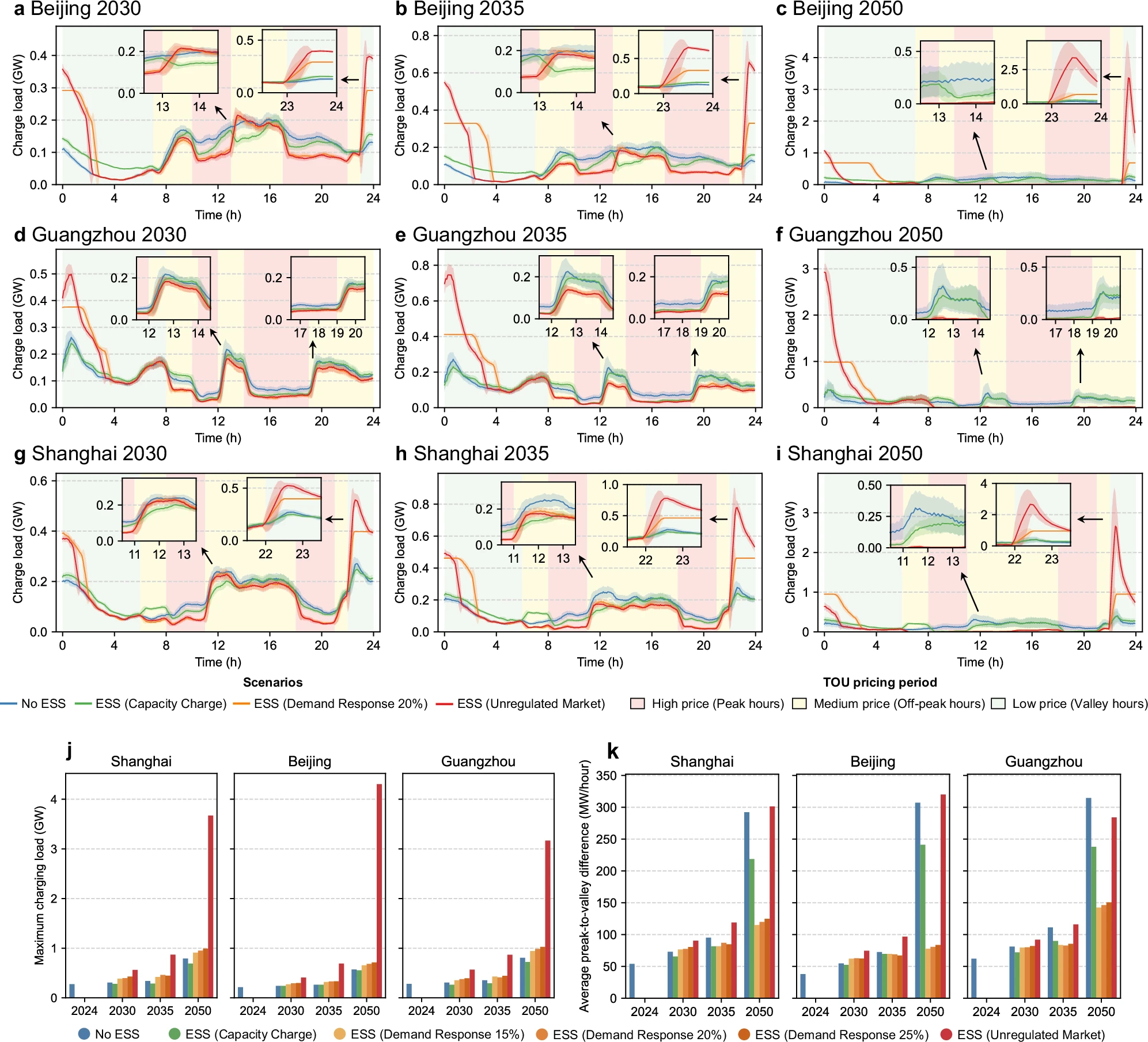
Peking University, October 24, 2025: Peking University (PKU) is leading research on green transportation, revealing how Ultra-Fast Charging System (UFCS) could reshape cities and impact power grid stability. Led by Professors Zhao Pengjun and Zhang Haoran at the PKU Shenzhen Graduate School, the team developed a big-data-driven simulation framework using data from Beijing, Shanghai, and Guangzhou to assess the impact of large-scale UFCS deployment on urban electricity systems.
Why it matters
Green transportation has become a major focus in transportation and urban–regional planning, with Peking University at the forefront of research. As the Paris Agreement accelerates the global shift to a low-carbon economy, widespread adoption of electric vehicles (EVs) is a key strategy to reduce greenhouse gas emissions. UFCS technologies are advancing rapidly, especially in China, where charging times could soon fall to 5–10 minutes. This innovation is expected to reshape EV usage patterns, urban energy infrastructure, and city structure, but it also poses challenges to grid stability during electricity price shifts.
Key findings
The research team analyzed over 760,000 public charging records and modeled grid load changes under varying UFCS deployment scales, also examining energy storage systems (ESS) under different regulatory scenarios. While time-of-use (TOU) pricing shifts most charging to nighttime, it can trigger sharp “secondary peaks” when prices drop, as it induces a spike in charging demand at the beginning of lower rate periods. A wide adoption of UFCS can exacerbate this problem. Deploying 2,000 UFCS stations could raise the daily peak-to-valley load difference (the difference between the highest and lowest load demand) by 31.61%, straining reserves and increasing instability risks. While ESS can smooth load curves through energy arbitrage, but in unregulated markets, it may create larger peaks—up to 7.5 times by 2050 compared to the baseline without ESS. Under regulated frameworks, ESS stabilizes the grid, though large-scale UFCS deployment still exposes structural vulnerabilities in electricity markets.

Fig 1. Daily charging load curves of the three cities before and after the deployment of Ultra-Fast Charging System under the 2030, 2035, and 2050 scenarios.

Fig 2. Grid stability risks triggered by Ultra-Fast Charging System Deployment.
Future implications
This study shows that while UFCS accelerates transportation electrification, cities must adopt dynamic pricing and regulate ESS to maintain grid stability and maximize environmental benefits. By providing a big-data-driven framework for urban planning and EV deployment, the research advances understanding of the co-evolution of green transportation and urban systems. Globally, these findings offer a model for integrating large-scale EV infrastructure while ensuring resilient, sustainable urban energy systems.

Fig 3. Impact of Ultra-Fast Charging System with integrated energy storage on charging load under different market regulation scenarios.
*This article is featured in PKU News "Why It Matters" series. More from this series.
Read more: https://www.nature.com/articles/s41467-025-63199-3
Written by: Marija Panova
Edited by: Wong Jun Heng, Chen Shizhuo
Source: PKU News (
Chinese)



